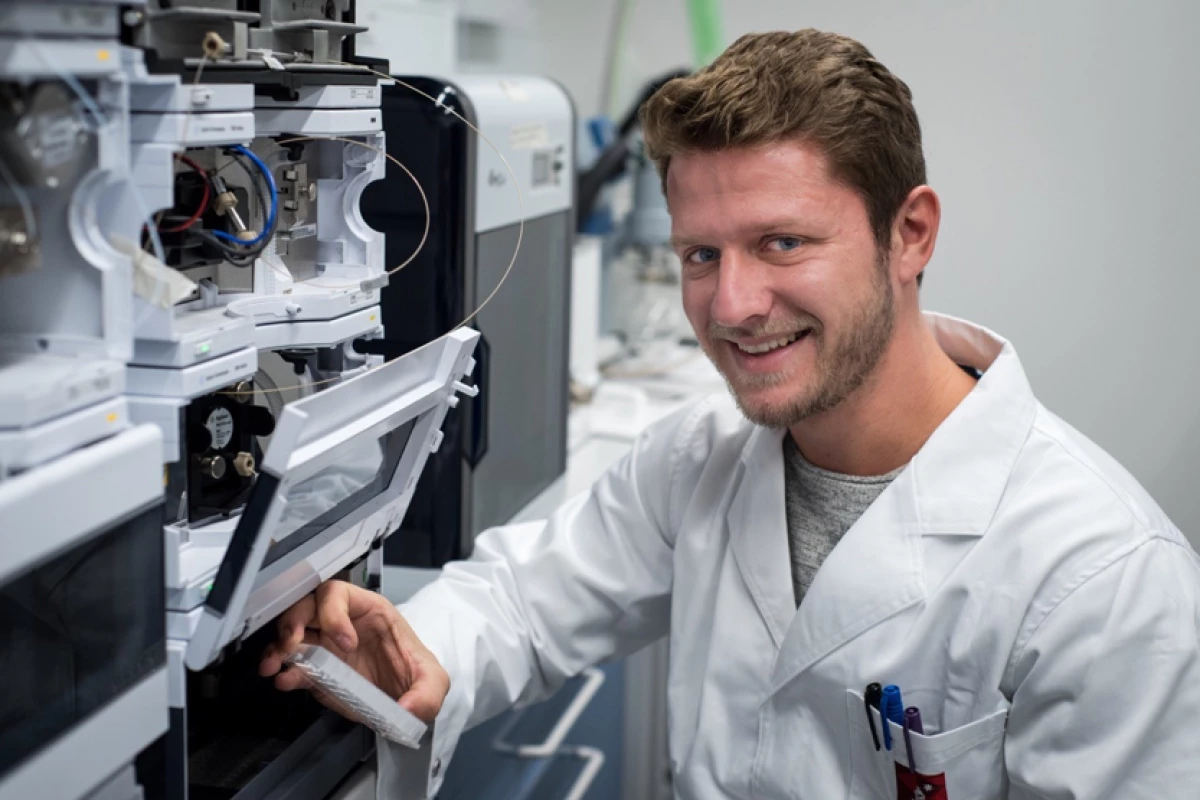A PhD student at Macquarie University in Sydney, Australia, has come up with a way to turn waste coffee into biodegradable coffee cups. It hinges on a process which converts mannose, the prevalent sugar in the grounds, into lactic acid which can in turn be used to make biodegradable plastics.
That student is one Dominik Kopp, who apparently snapped up coffee grounds from a Macquarie campus coffee shop on which to experiment. Around 50 percent of the waste material is sugar, which is ripe for reuse.
The resulting plastics could be put to any number of uses, from"plastic coffee cups to yogurt containers to compost bags to sutures in medicine," Kopp suggests in a university press release.Intriguingly, the release states the process was inspired by"an evolutionarily ancient organism" which lives in hot, acidic conditions. Naturally, we asked for more detail.
"The ancient organism that we get the gene sequences from is a thermophilic archaeon Thermoplasma acidophilum," Kopp tells New Atlas. "Archaea are considered evolutionary ancient, but it does not mean that they are extinct or old in a sense of aged." Thermoplasma acidophilumis are single-celled organisms about a micrometer in size. They belong to the Archaea domain, once thought to be a kind of bacteria but shown to be evolutionarily separate in 2006.
The process uses a designed synthetic pathway, which sees the mannose converted to lactic acid in several steps, with different intermediate chemical compounds produced using different enzymes along the way.
Kopp's work has taken place at Macquarie's Sunna Lab and is part of a wider effort to convert biowaste into useful yet environmentally-friendly raw materials.
"In Sydney alone, over 920 cafes and coffee shops produced nearly 3,000 tonnes of waste coffee grounds every year," Kopp adds. "Ninety-three per cent of this waste ends up in landfill, where it produces greenhouse gases that contribute to global warming." Kopp hopes to make plastics manufacturing less reliant on oil.
His work won an Early Career Award at the 18th European Congress on Biotechnology in July. His ongoing efforts seek to raise the yields of lactic acid – currently an output of 37 percent of the theoretical maximum has been achieved. Kopp also hopes to find ways to recycle byproducts of the process such as the monosaccharide glyceraldehyde.
We should highlight that this work is yet to be published in a peer-reviewed journal, which is a big step in validating the findings.
This isn't the first work to convert coffee waste into plastic. Similar efforts from the Nanyang Polytechnic in Singapore were presented last year. However, this work, reliant on bacteria, was focused on local coffee preparation methods, using butter and sugar, allowing the bacteria to grow. This doesn't seem to be a limitation in Kopp's work.
Worldwide, the coffee industry is thought to be worth around US$100 billion, with some 500 billion cups consumed each year. It's the second most traded commodity after petroleum. For every gram of coffee produced, 0.91 grams end up as waste, much of which ends up in landfill.
Other efforts have seen coffee waste converted biofuel, contributing to the running of London buses. Kopp's work could help turn the tide in seeing spent coffee grounds as a commodity rather than a waste product.
Source: Macquarie University




